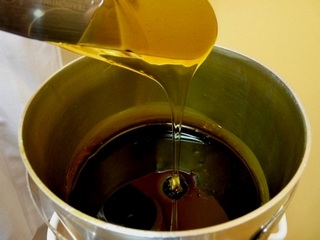In the wood finishing area , we have the ability to use wood varnish that is from natural elements , as the pure double boiled( that we boil ourselves ) linseed oil and chemical based varnish .
No matter what type you choose , the wood varnish is a super efficient and a super basic wood finishing ingredient and can be used to any woodworking plan and type of wood you have .
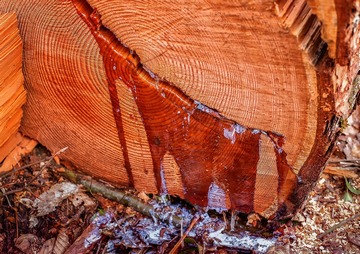
The wood varnish is a natural – chemical or a mixture of these liquid , transparent or not ( we have widenly colored varnishes ) , durable but also flexible layer and protecting film that consist of : several types of oils , several types of resins , acrylics , epoxy and water or chemicals , as solvents .
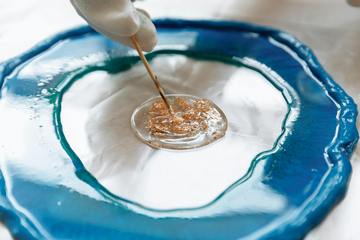
What does Varnish do ?
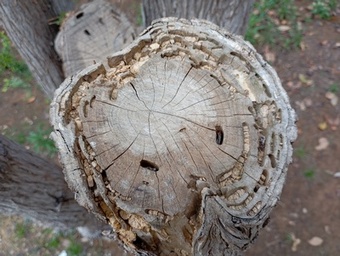
The varnish does several jobs to a wood piece , such as the protection from external factors , the final strong but flexible finishing , the scratch prevention , the total sealing of wood(polyurethanes) , undercoat jobs if you use an impregnated varnish and primer jobs , are some of the varnish’s jobs to wood .
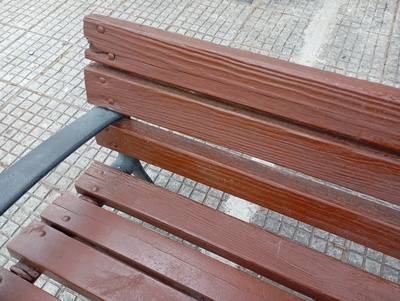
The wood varnish gives durability and strength to a wooden surface , but with flexibility and not stiffness , at the same time , especially the non crust film , varnishes .
If you search the best varnish to buy , stop searching , go HERE .
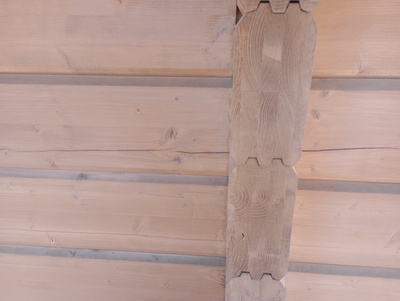
Does varnish make wood , Look better ?
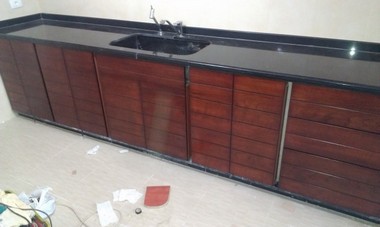
Yes , one of the varnish “missions” , is to upgrade the external looks to a wood piece , in amazing heights , of beautiness , no matter what kind of varnish , you choose .
Do you Stir varnish , Before using ?

Yes , you try to give your varnish a uniform mass , before you apply it to your wood , in order to apply it easier and in the same dosages to the surface .
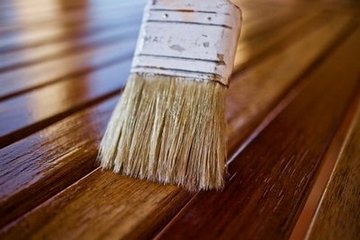
Is varnish good , for Plywood ?
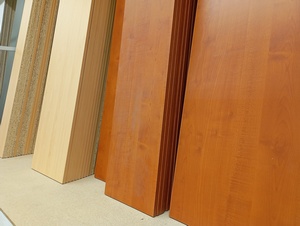
Yes , you can use any type of varnish you like to a plywood piece and for sure it’ll upgrade its external looks very high .
Many times the resins a varnish has , are bonding very nice and strong with the plywood’s resins , the manufaturers use to make them .
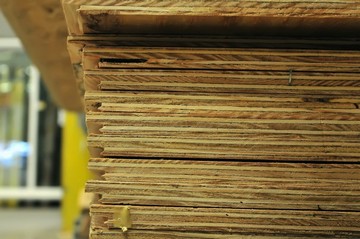
Remember the plywood is many veneer( from several wood types ) glued and pressured together with several resins – glues .
What is the most Common , wood varnish ?
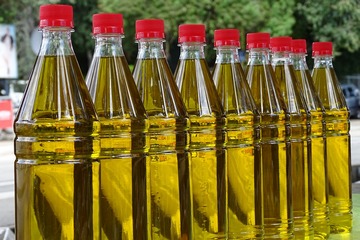
The most common varnishes are the oil based ones , before the modern times evolution and of course one of the best natural varnish , is the boiled linseed oil .
The one you boil yourself , not the boiled one you find in the stores and has solvents inside .
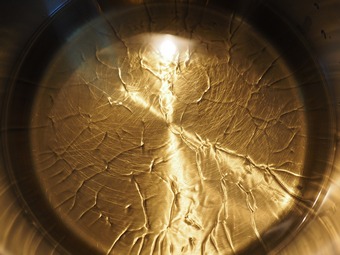
See the my favorite linseed oil products to get from the stores in HERE .
Is it oK , Not to varnish wood ?
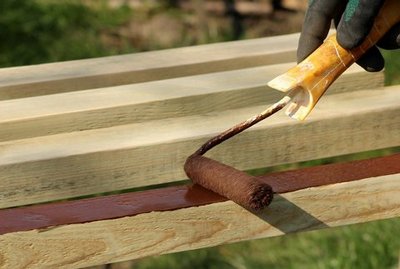
Yes , if you like you cannot varnish your wood and you can choose another type of wood finishing .
Totally natural , totally chemical or a mixture of these two wood finishing “worlds” .
See some of the best totally natural wood finishing combinations , in HERE .
Does varnish Waterproof wood ?
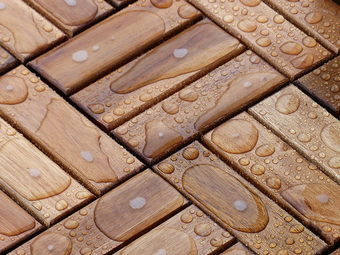
Yes , it can make the wood waterproof in a high level and if you choose a polyurethane varnish with much polyurethane perventage inside , you can seal totally the wooden surface .
Remember the polyurethane is basically a plastic and from a plastic film , nothing can penetrate . Of course this plastic types of finishes aren’t perfect and they have their disadvantages .
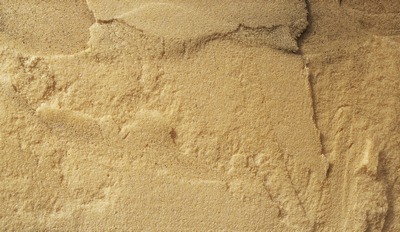
The natural oils and their mixtures can waterproof also the wood , but not totally .
Why does varnish , turn wood White when Wet ?
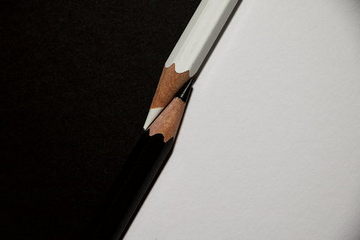
This will happen to your wood from the high moisture that is inside the wood and mixed with the oil based varnishes mostly .
How long does varnish need to dry , before Rain on wood ?
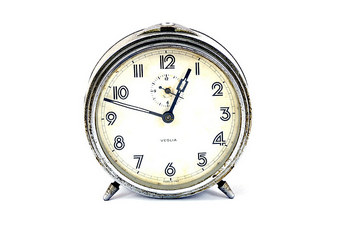
This depends from the type of wood you have , the type of varnish and the place you’re acting woodworking .
The oil varnishes , need many days especially when there’re totally natural . The chemical based varnishes , may need from a couple of hours(12) , to a couple of days for fully drying .
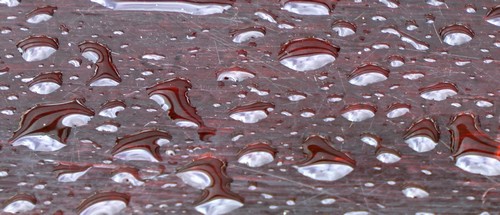
You may find a polyurethane varnish , that can be ready in 8 – 12 hours .
What happens , if it rains on Fresh varnish ?
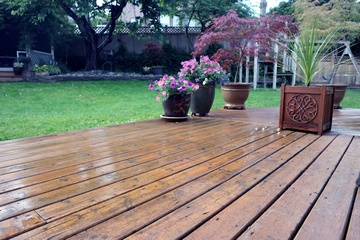
No matter what type of varnish you have , if it’s not totally dried , the water molecules will penetrate the wood’s mass , creating problems from discoloring – dissolving , to the total finishing destruction .
Does varnish , Stop wood from Rotting ?
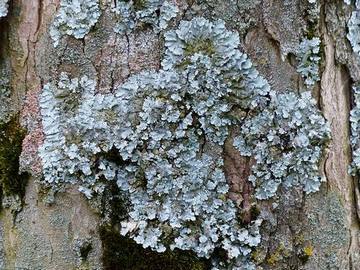
When a varnish molecule( any type ) “catches” its place inside the wood’s mass , no other molecule can come closer . There is no room !!!
So in this way , the varnishes are preventing the rot and in many cases( polyurethane ) , in a very high level .
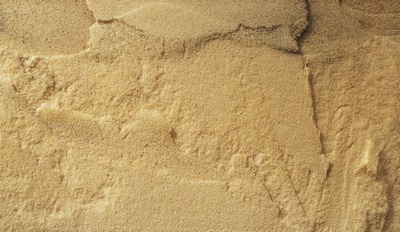
Does varnish , stop wood Splitting ?

Yes , certainly they do make wood more strong , because they penetrate inside and when they dry , they solidize the wood’s mass , generally .
You can make varnish combinations and maximize this feature , very easy .
See some of the best natural & chemical finishing combinations , in HERE .
Does varnish , Stops Mold ?
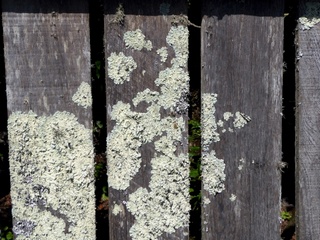
Yes they stop mold , because the varnishes in general they create a protecting strong , but flexible film in a wooden surface or in its inside mass( impegnated ones ) and this film is a stop barrier to mold and not only .
Of course they don’t cure mold or other wood illnesses . If you have serious mold and other wood illnesses , you need wood medicines and then varnishes and all the others .

What varnish is Best for wood ?
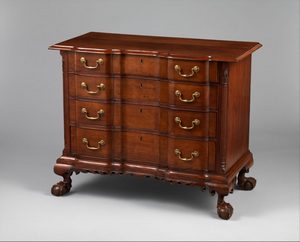
The best wood varnish is the exact one , which will accomplish perfectly the exact “mission” and final result you want from it and for the longest time period .
If you don’t want a crust film making varnish , you won’t get a lacquer one or a crust polyurethane one or a synthetic shellac , et.c . You’ll get one which allows wood to “breathe” .
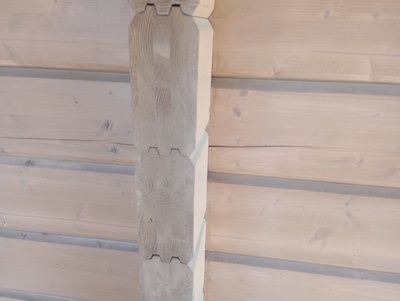
If you want a crust film making varnish , you won’t get a linseed oil or a decking oil varnish , but you’ll focus in the polyurethane area ones , or a shellac one , or a lacquer , et.c .
The wood job you have , will “deside” what type of varnish is the best for the job .

Is varnish , Better than stain ?
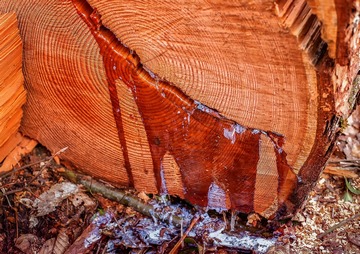
There are different materials , even if stain penetrates inside the wood mass , as the varnishes do . The varnish is focused on protecting the wood in many different ways , while the stain is focused to change its color .
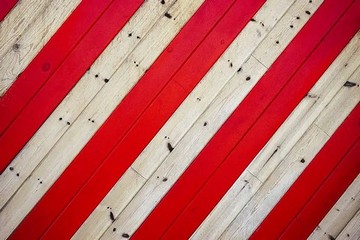
The stain gets inside , while most of the varnishes are creating an outside protecting film . The varnishes protects more than a stain for sure and in most cased , way more a stain .
See in HERE some of the most classical stains to coloring your wood .
Is it Better to Oil or Varnish wood ?
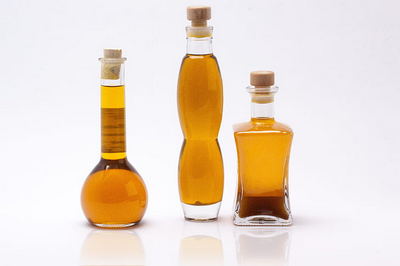
The varnish may contain oil or several types of oils . Generally the varnishes are better protectors than a single – alone oil , especially for the outdoor – sea tough conditions .

Should i Oil wood , Before varnishing ?
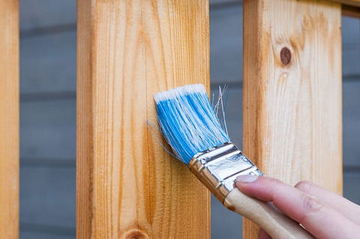
It’s not necessary to use an oil as an undercoat before your varnishing , but you can do it if you want a specific result , or to solidize the inner fibers to the maximum, before you apply your varnish film .
You may want to hydrate more your inside wood maybe , or to fill some minor cracks it may have , or whatever else for the external looks of it .
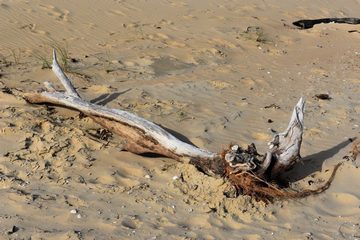
I suggest you to try to combine the undercoat oil you’ll use , with the upper varnish you’ll use after the drying , because you’ll have better bonding .
Try your varnish to be an oil type one and if it’s the same with the oil you used for your undercoat , even better .
Are the oils we use for wood , the Same as varnish ?
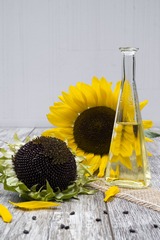
No , it’s not even if many varnishes are made only from oils or they have oils as their ingredients .
The varnishes are made from several oils , resins , polyurethane , acrulics , epoxy and water or solvents , while the oil is made only from oil .
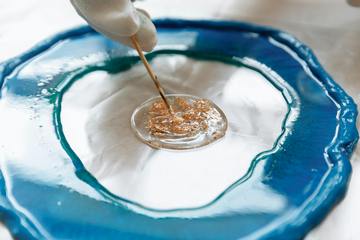
If you boil twice yourself the linseed oil , you can tranform it to a very nice and capable totally natural varnish .
You polymerize it and the the result is a very good natural varnish you can use to any wood type , providing protection and amazing beauty to your wood .
The process is very simple . Heat and boil your linseed oil , let it cool a little and then repeat for a second time the boiling . After that the oil is a varnish and has a honey type of viscocity .
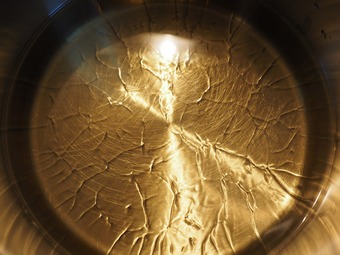
Apply it to your wood and you’re ready , but be very careful when you heat the linseed oil for small flames during the heating – boiling .
As i’ve showed you with a video from a Greek beekeper boiling his beehives in the linseed oil post , there is always the need for attention , but things aren’t so bad .
Yes , you should always be careful for flames during boiling , but it’s kind of rare .
I boil my linseed oil always outside the house for the smell and fumes and i’ve never had fire themes . Yes , you have fumes and stuff , but nothing more . Of course my attention is always present .
See again the beehives boiling video to see yourself the linseed oil boiling . It’s on Greek but you’ll get the point .
Is Linseed oil a varnish ?
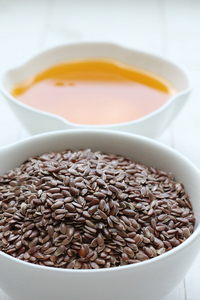
No , in its pure natural form it’s not it’s just an amazing oil , but if you boil yourself the linseed oil , the heat polymerize big the linseed acids , tranforming it into a first class natural varnish .
Why linseed oil , is Used in varnishing ?
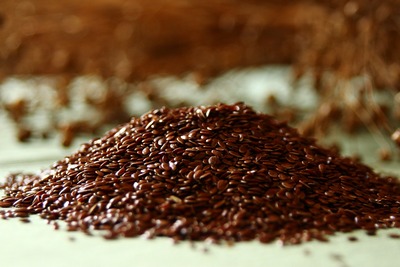
The linseed oil is an amazing oil and it’s a first class element to use for varnish mixture , because of its unique features and beautiness it provides to any type of wood .
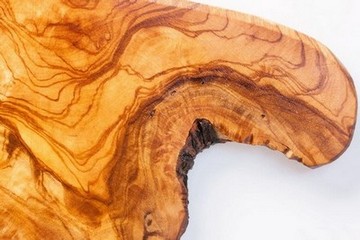
The linseed oil while it’s drying , it make the wood’s mass more solid but not stiff , giving to the fibers amazing features .
Except all its benefits , there is no other oil that can reach the beautiness and shades to wood , the linseed oil gives .
If you want the complete post for the linseed oil , go HERE .
Is varnish , better than Paint ?
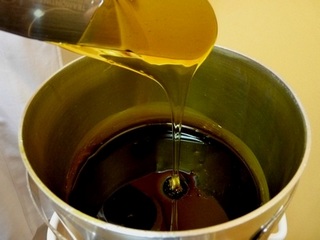
There are different materials for the wood finishing and the paint is more strong than a varnish for the outdoor conditions , except only from the most durable polyurethane varnish ones .
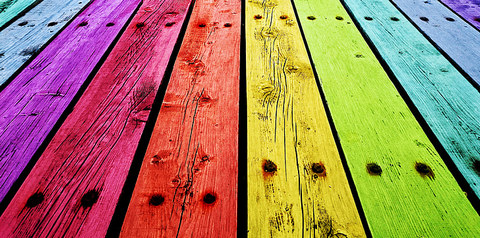
The paint can last more than a varnish outdoors and has a better UV protection , but most of the times you need to use an undercoat before you paint your wood .
A nice primer goes usually with a good paint .
Does varnish , Ruin Paint ?
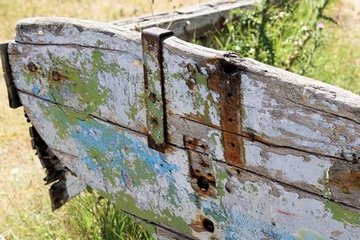
No it doesn’t , on the contrary , it generally protects the wood surface and provides durability , strength , flexibility and a very nice looks to any type of wood , to any type of paint , when you use it as a top coat .
If you can have your paint and varnish , having the same or close chemical formula , even better , concerning the bonding between the varnish and the paint .
What is Better , varnish or Polyurethane ?
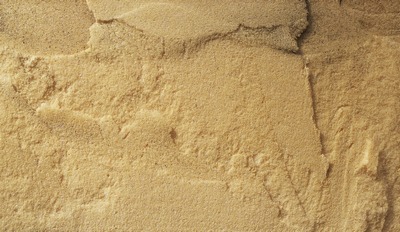
The polyurethane is literally liquid plastic and of course , nothing can win plastic , concerning the strength and the power of the film , it provides to a wood piece .
The polyurethane , makes a strong barrier – film to wood and it it doesn’t let anything to pass this film , but of course this has disadvantages .
The varnish is less powerful concerning the protecting film , but it’s more flexible and adapt to the wood’s moves .
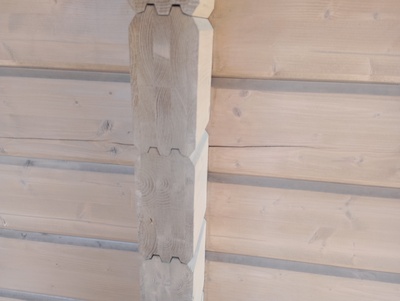
A crust polyurethane film( if you have this one ) is a top sealer to a wooden surface , but this crust isn’t “immortal” to time . Sooner or later , it’ll brake letting moisture penetrates the wood and after a long time it’ll leave the wood unprotected generally .
This applies for all the crust types of wood finishing elements .
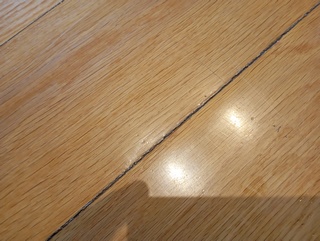
If you check your house’s floor or something that has a crust film on it , you’ll see black lines between the connections of the wood parts .
This is the moisture , that has “seen” these crust weak spots and went inside the wood .
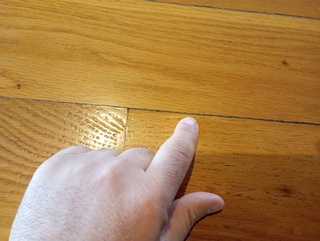
So every element has it’s pros and its cons .
What is better , Laquer or varnish ?

Generally the laquer dries faster than a varnish , but it’s a thinner wood finishing . The protecting film of the laquer is stronger than most of the varnishes , except the very strong polyurethane ones .

The varnish is more flexible than a laquer finish , but the laquer gives more uniform and glossy results . The musical instrument creators , appreciate this feature of laquer .
Can you paint , Over varnish ?

Yes surely you can , even if the varnish is used as a final coat most of the times but try to have the same chemical formula for these two materials . You’ll have nice compability and better bonding , thing that will provide a very nice final results .
If you use an oil paint , use and oil based varnish , or a water based for both , et.c .
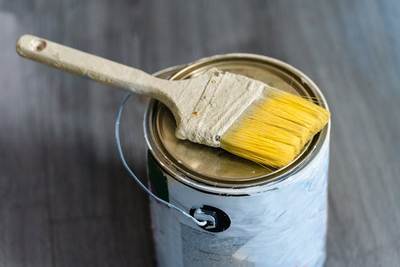
What happens if you varnish , Over varnish ?
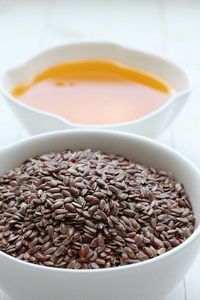
This is a very nice solution and combination for any type of wood , especially if you use a natural oil varnish as a precoat and then maybe a very strong polyurethane , to seal all this very strong .
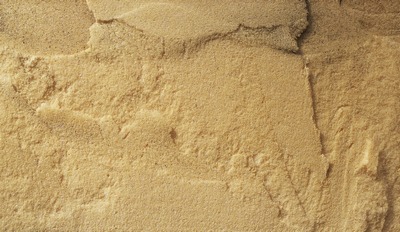
You can use two oil based varnishes if you like , or two water based varnishes . Try to use the same chemical formula varnishes , for better bonding of these elements .
Surely , your final result will be , a very strong result and if you sand a little between the coating layers , even better .
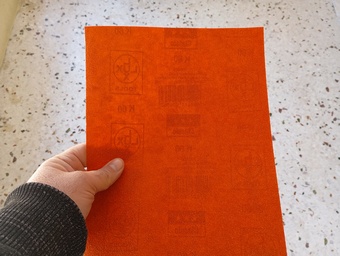
Can you varnish , Over Old varnish ?
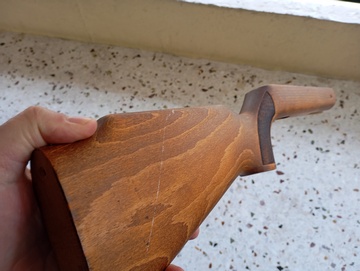
Yes , you can do it , but you’ll have surely uniformity and appearence themes , even if you sand the surface and you’ll use the same formula varnishes .
The old varnish has “matured” over time taking a unique color and shade , thing that it’s not possible the fresh varnish to get close to .
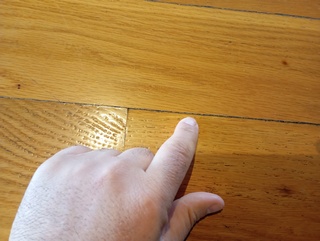
The correct way is to remove totally the old varnish and then use your new one and do the process you want with your undercoats and final finishing .
How many coats of varnish , should you put on wood ?
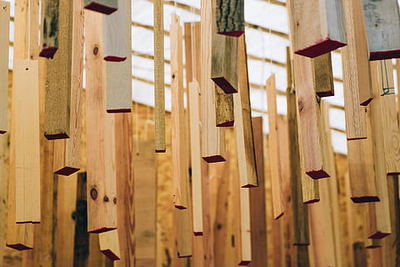
This depends from the type of wood you have and how it absorbs the varnish , the type of varnish you’ll use , the level of protection you want to provide and of course the final appearence result , you want .
Usually a couple of coats ( 2 – 3 ) are enough to make a nice final result .

You should always have in mind that the varnishes in general are thick finishings and you should be aware of the dimensions of the place you’ll put your wood project .
If you have very strict area ( as a kitchen cabinets ) , you should count this thickness to your design measures .

What are the Pros and Cons of the varnish ?

All varnishes ( natural or chemical ) give unique beautiness to a wooden surface . The natural ones give also great flexibility to wood , along with the strength they provide .
The varnishes are also not expensive materials for finishing .

They need and require the safety measures ( face mask – gloves , et.c ) and there aren’t very resistant to abrasion and the scratches , especially the non polyurethane ones .
The chemical varnishes aren’t eco friendly and they harm the health , if you don’t take your safety measures .
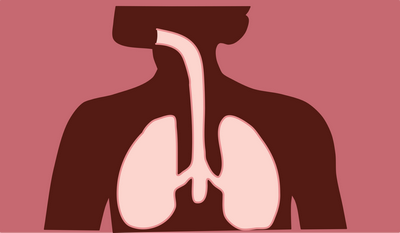
How many Years , does varnish last ?
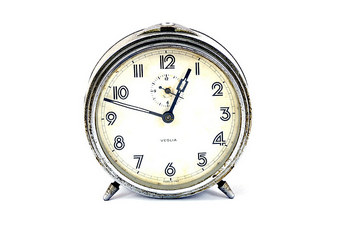
This depends for the type of your wood , the type of the varnish( crust or not ) , the generic weather conditions and the treatment you’ll give to your varnish and of course the how many recoats , you’ll make and maintain your wood plan .
Under “normal” cirmumstances a good varnish can last more than 8 to 10 years and in some cases , way more .
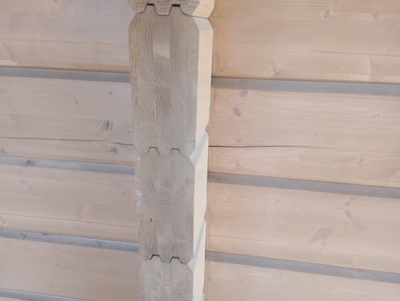
If you recoat , you can have effective protecting results up to 15 – 20 years .
Does varnish , makes wood last Forever ?
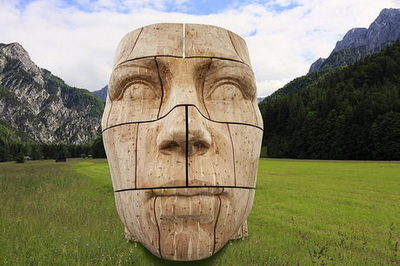
No it cannot make wood last for ever and nothing on this Earth can last forever , but you can make wood last for many decades , using a very good varnish , oil or chemical one .
I’ve written this and in other posts , that i won’t forget my grandfather , applying pure linseed oil with zero additives inside to outdoor windows , every 3 -4 years and these windows are in top shape , till today !!!!!
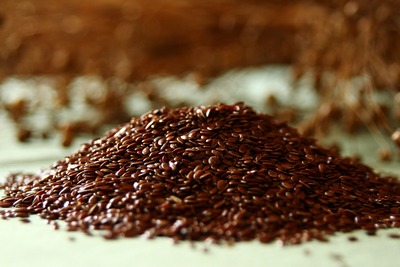
Maybe from this fact , i have this love for linseed oil , but i remember that he lightly sand the windows and he applied a couple of layers of linseed oil and that’s it . Nothing else !!!!!
What can Damage , varnish ?
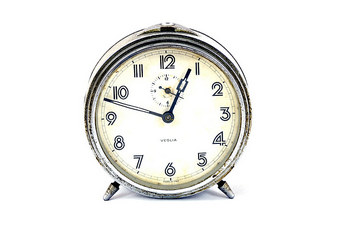
The passing of time , the solvents , the external forces over a varnished surface , the acids , the friction , moisture , heat and the UVs if you don’t a varnish with filters , sharp objects , the sea – boating conditions , the extreme cold ( brakes the surface ) , are some of the “enemies” for the varnishes .
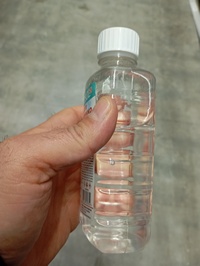
Should i use Satin or Gloss varnish ?

This depends from you and what kind of finishing result you like and your project , requires . The glossy varnish will give more elite lustroussness and anaclastic features , than the satin finish varnish .
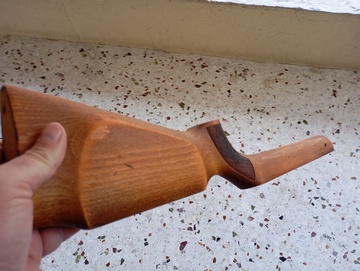
Is One coat , Enough ?
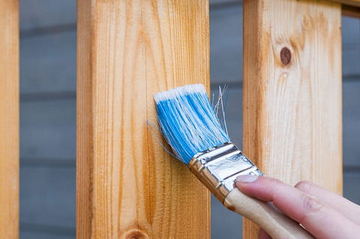
Usually you need a couple of coats to make a nice coverage of the wood surface and fill the fibers , but if you have a wood with big density , maybe one coat will do the job .
Do i need to Sand , Before varnish ?
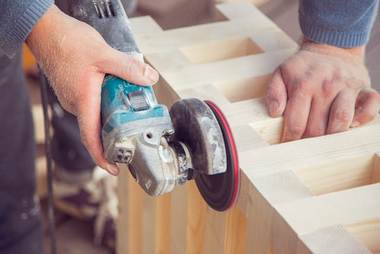
This depends from the final result and texture you want your wood to have , after your varnish treatment and if your surface has big cracks , damages and discontinuities , you need to fix with a good sanding .
It’s not necessary if you don’t want to .
Do you need to Sand , Between every coat of varnish ?

Yes , if you like to smoothen the surface and keep it smooth , while you apply varnish and you want good uniformity , while the drying process .
The constantly varnish “building” need attention , concerning the general uniformity of the finishing .
Should you Lightly sand , between coats of varnish ?
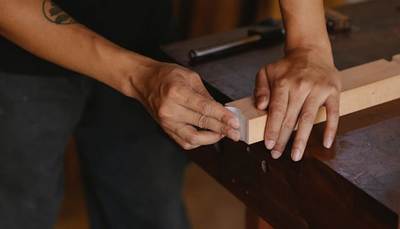
This will help for sure the next varnish coating layers , the easiness of your next applying and of course the general smoothness of your wooden surface .
Of course a smooth surface , needs less varnish and the coverage is better .
What Sandaper , to use Between varnish coats ?
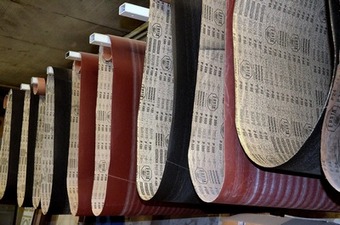
You need a light sand paper to use for your sanding between the coats of varnish . You don’t shape wood between coating , you adjust – slightly correct the surface .
Check in HERE , some of he most basic sandpapers and abrasives .
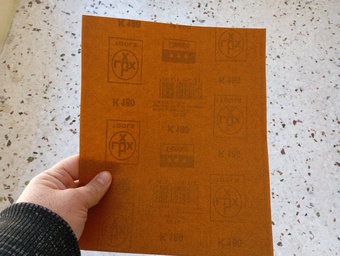
Can you use Sandpaper to Remove varnish ?
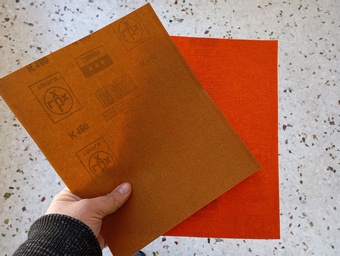
Yes , surely you can and you should begin with a medium coarse one to remove big varnish masses firstly and then proceed with a more lighter , to make your final smoothening of the surface .
Can you Recoat varnish , Without sanding ?
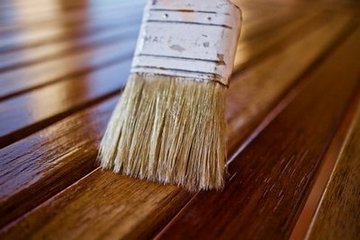
Yes , you can recoat as many times you want and need to get the result you like , but of course only after the complete drying( at least a day ) of the previous varnish layer .
Is it Better to varnish with a Roller or a Brush ?
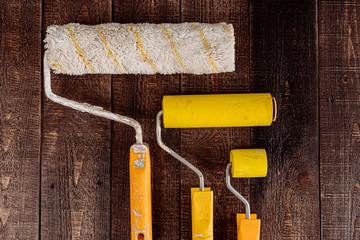
The roller gives a more uniform result to a smooth wooden surface than the brush and the applying is more easy , especially to bigger surfaces .
In a not smooth surface , the roller isn’t so good and it cannot cover the whole surface at once , without extra comeback coverage . The brush in here is better .
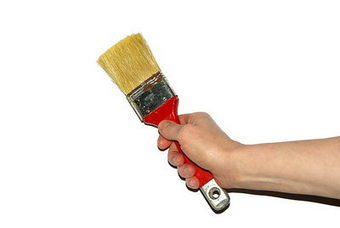
You should use a natural hair brush for oil based varnishes and a synthetic brush for water based and acrylic based varnishes .
Can i use Cloth , to apply varnish ?
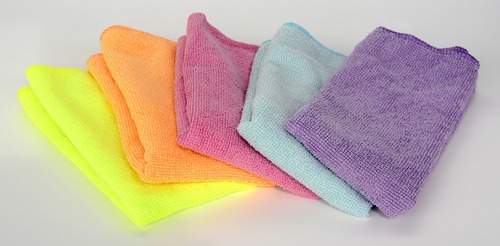
Yes , you can use a cloth to apply varnish but it’s not recommend it , because you need the penetrating moves of a nice brush , to push the varnish inside the wood’s mass and make a total coverage , even in the smallest gaps .
Can you Apply varnish , with a Sponge ?
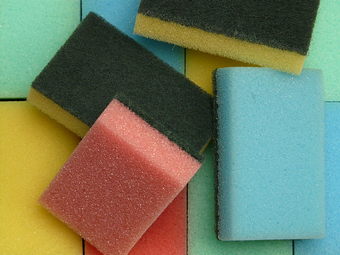
Yes , you can apply using a sponge , which is better than a cloth , but it cannot reach the ability of a nice hair brush , to penetrate to the smallest spots of wood .
How do you Apply varnish , without brush Marks ?
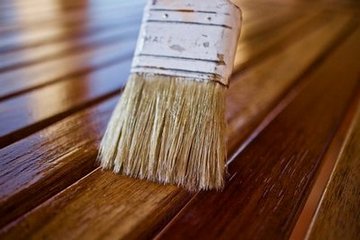
You need to have the appropriate brush for the type of varnish you use and the area you’re about to varnish , concerning the brush’s width and of course the wooden surface should be the smoothest , possible .
The varnish applying with a brush is tougher than a roller . You should apply varnish along with the grain and have the ability to “read” the surface’s “thirst” , in order to grab only the appropriate varnish amount , neither more or less .
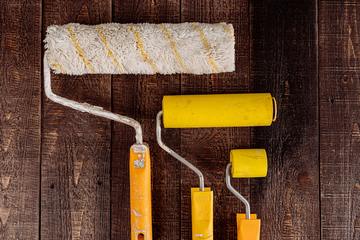
This ability is super useful . You grab with your brush only the correct varnish amount to cover the spot and have smoothness , the same time .
After the first coats , the applying will be easier and the “danger” to leave brush marks , smaller .
How do you get a Smooth finish , After varnish ?
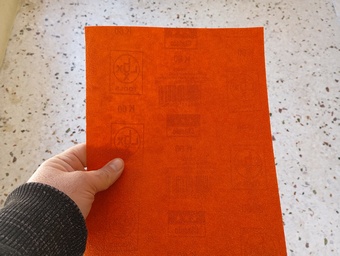
After the varnish applying , smoothness gives the correct and light sanding with a good quality sandpaper( very light coarse ) , or a steel wool if you want minor details fixing .
You may use even the well known Scotch Brite sponges and if you want you can make a final coating and seal more your varnish , making it extremely smooth , also .
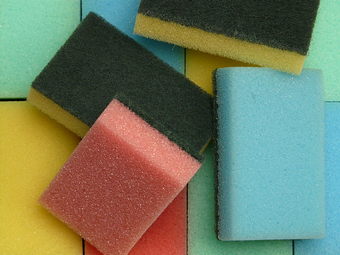
The laquers and the shellac , are providing extra smooth and uniform results . The expensive pianos , musical instruments , et.c , use these two .
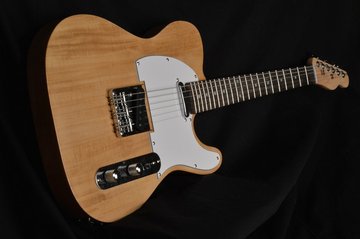
What is Best varnish for Interior wood ?
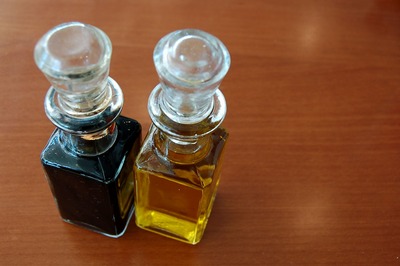
For interior wood , i suggest to use only natural oils and varnishes , based on pure and natural oils and avoid the chemical based finishing , materials .
The double linseed oil , you boil yourself( it becomes a pure top varnish ) and some other pure oils along with pure shellac varnishes , are just fine for the interior wood .
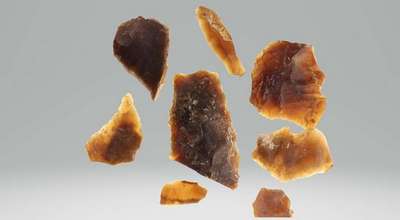
Try to avoid chemicals for your interior wood pieces . If you cannot do that , try to choose the less chemical varnishes , you can .
Is varnish or Polyurethane , Better for Interior wood ?
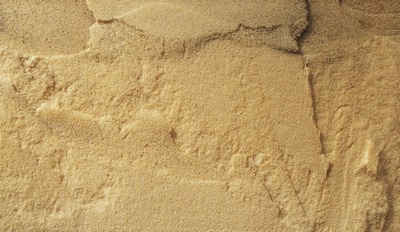
The polyurethane varnish , is a chemical based varnish . Not all varnishes are chemical based ones , so if you want the best for your health try to use only natural varnishes and products for your indoors .
The polyurethane is a very strong varnish , it’s literally liquid plastic and the protection it provides are top , few wood finishes can reach .
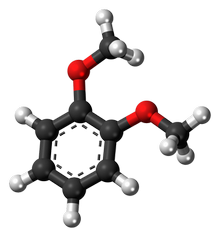
If you want the best possible protection no matter what , the polyurethane is best .
If you want the best possible health varnish , you should choose a natural varnish for indoors .
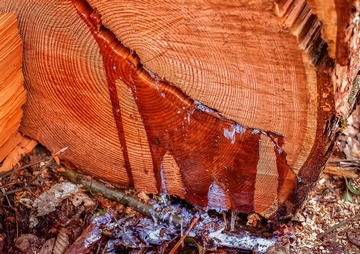
How many coats of varnish , on Exterior wood ?
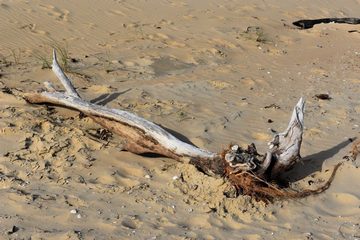
This depends from the type of wood you have and how damaged it is , the type of varnish you’ll use , the specific weather conditions , the use this wood piece will have in future , the preparation you’ve done to the wood and of course your personal preferences .
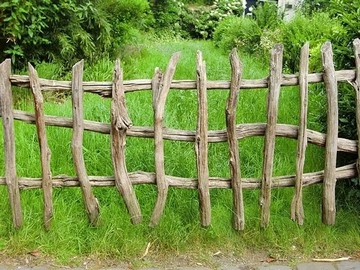
I like to use as many coats as i could , in order to be certain that the wood is protected and i “drown” the wood in varnish , not caring much for the more drying time , i’ll need .
What is the best Sealer for Exterior wood ?
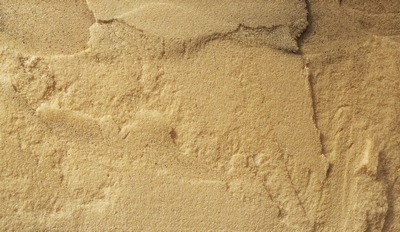
Even if i like the oils and waxes , the best sealer for an exterior wood , is the polyurethane . You fill your wood’s pores with liquid plastic , which is top for the external conditions .
Will varnish , Fill cracks ?
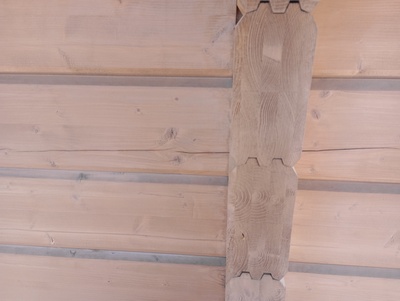
Yes , it can fill cracks and if you choose a nice water based impregnated varnish , you can have deeper penetration .
The oil based varnish can fill crack too , and if you warm the varnish a little , you can have deeper results to an open pore wood .
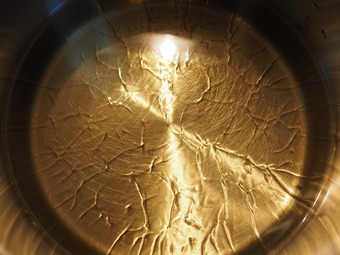
How Long does varnish , last Outside ?
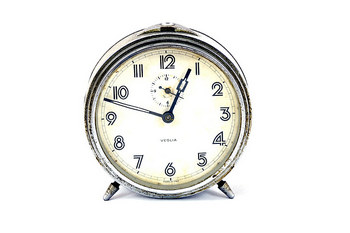
This depends form the type of wood , the type of varnish ( polyurethanes are lasting very much ) , the place and the weather conditions , the “life” and use of the wood .
Does varnish , Peel off ?
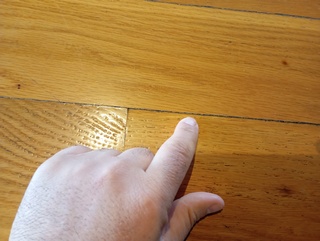
Yes , and mostly the crust film making varnishes , after some time and one factor that maximizes this peeling off , is the continuous and “aggresive” fluctuation of temperatures along with hig high moisture .
How long does varnish , take to Fully Harden ?
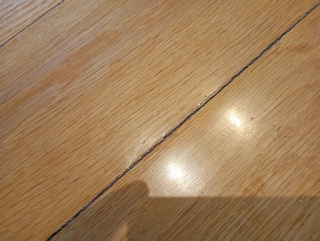
This depends from the type of varnish you choose , but the chemical based varnishes with solvents in it , they have very small time periods for drying .
The chemical varnishes may need from 6 to 24 hours , while the oil based ones need more .
Is it Ok to varnish in the Sun ?
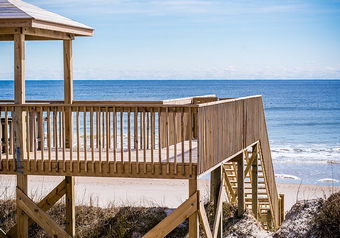
No , it’s not and you should avoid varnish in the sun , because the heat and radiation will affect the varnish’s ingredients , making them dry faster and wrong and generally affecting their normal , maturing thing we don’t want .
The UVs make varnish oxidize .
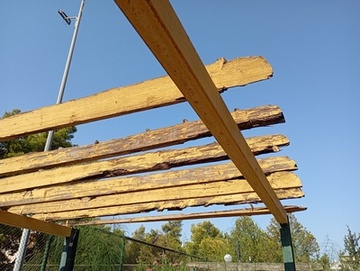
Let the materials to mature and provide their benefits , normally .
Does varnish , Darken wood ?
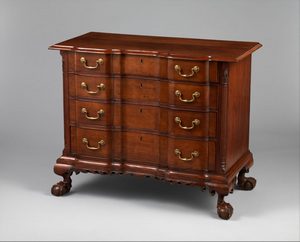
Yes , generally all the types of varnish , darken lightly wood and this level fo darkening , depends from the preparation you’ve done , the type of varnish( crust or impregnated ) , the type of wood and how many coats it has above it .
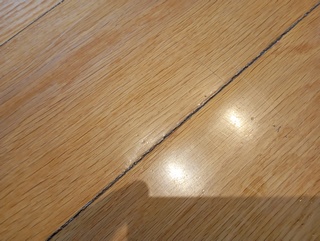
Why does varnished wood , turn Black ?
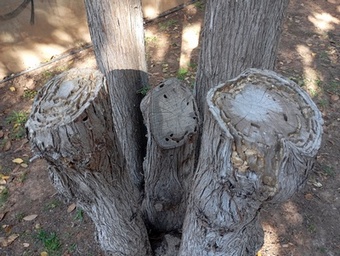
Sometimes if your wood is a dark type , it has bugs – fungi themes , or maybe mold problems , combined with a darker type of varnish with teak oil inside , you may see the final result , become black .
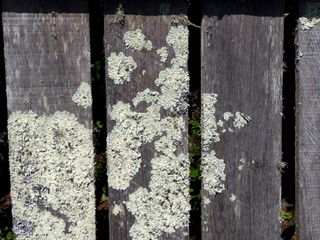
Does wood varnish , come in Colors ?

Yes , you can find wood varnishes having colors if they’re enriched with several pigments for a reason .
What is the Best varnish for Natural wood look ?
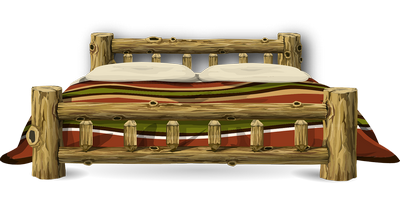
The best varnish to to have and provide to your wood natural looks , is the pure shellac and the several mixtures based on shellac .
Shellac is an natural amazing resin and you can supply some in HERE .
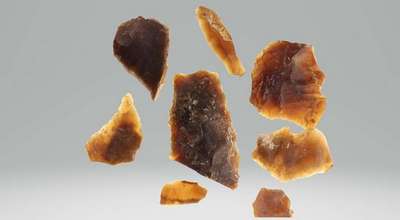
Can you Eat of wood with varnish On it ?

No , you may not eat from a varnished wood piece , no matter what and even if the varnish is made from natural oils only .
Only the appropriate and having the appropriate licences and approvals elements are used for the kitchen equipement , et.c and there are harmless , to humans , animals , et.c .
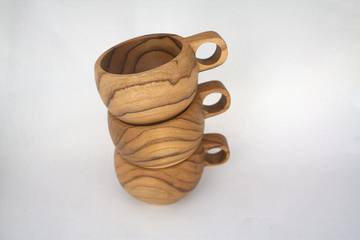
How Long is varnish Toxic ?
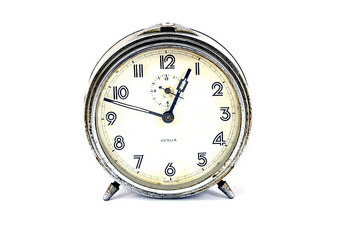
The varnish smell can do away from 1 week to a couple of days more , but the varnish doesn’t become healthy and not toxic , or humans .
The smell goes which are the several solvents that evaporate and the varnish becomes harder , et.c , but the varnish’s ingredients are still present , so always be careful .
Is varnish Toxic , when Burned ?
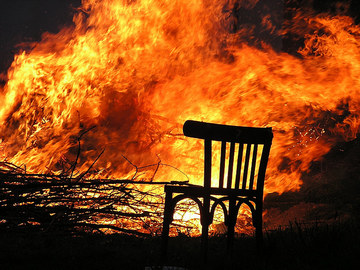
Yes , yes , yes , highly toxic and dangerous for humans , animals , environment .
Is sanding varnish Toxic ?
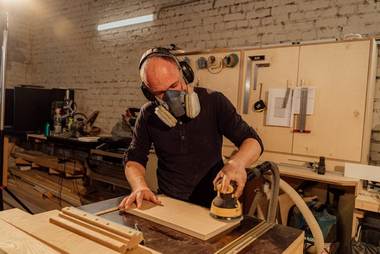
Yes it’s toxic , because when you sand , you rub – trim the ingredients of varnish , which are solvents , chemicals , formaldeyde , et.c .
Safety measures , are needed always .
Can wood varnish , make you Sick ?

Yes , of course it can and you should never expose yourself , your skin , your eyes , your lungs and breathing and generally your health , to the toxicity of the varnishes .
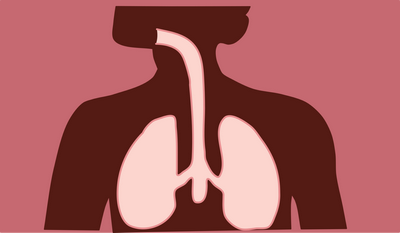
Always use the safety gear .
Why does varnish Smell Bad ?
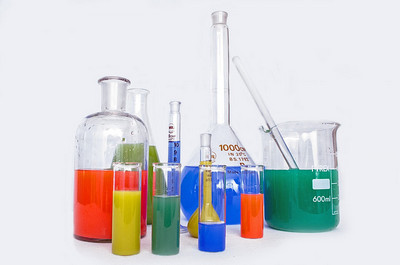
The bad smell of the varnishes , is caused from the chemical ingredients , the several solvents , maybe benzene byprodusts , maybe formaldeyde byproducts and general the chemicals in it .
Should you wear a Mask , when Sanding varnish ?
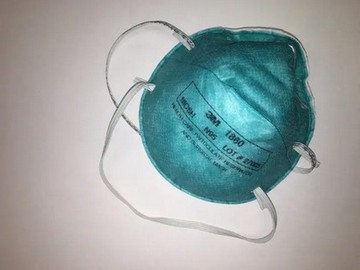
Yes , always you should wear a face mask with the appropriate – “fresh” and new and the best approved filters you can possible have , for he job .
How Long do varnish Fumes , last ?
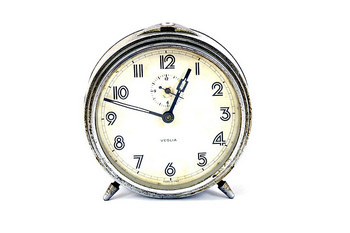
The smell of the varnishes can go in a week or maybe a couple of days more , because the solvents are evaporate and leave behind the other chemical ingredients to do their varnish job .
These other ingredients have smell – fumes themselves as elements and this smell needs more time to evaporate , “calm down” and oxidize of the atmosphere oxygen .
Give time to your varnish .
Why is my varnish still Sticky , After a week ?
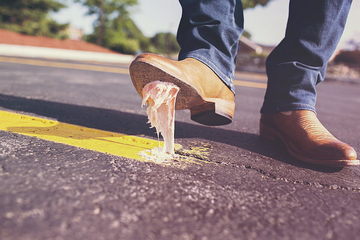
Usually if the moisture is high , if you used many more coats of varnish , “drowning” it and the cold is big , the drying process needs more time .
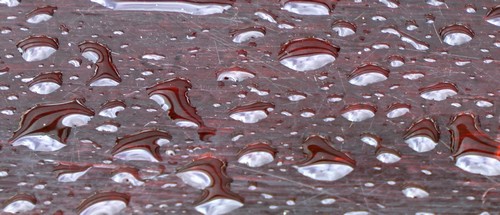
Why does varnish turn Yellow ?
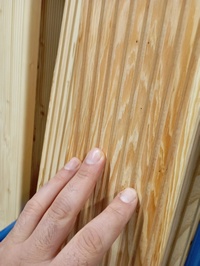
The polyurethane based varnishes are “suffering” from UV oxidation and this makes your varnish yellow over time .
What Dissolve varnish on wood ?
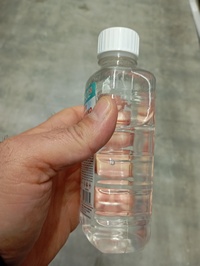
The several types of varnish strippers can dissolve varnish , along with many solvent types , turpentine and several acids especially for the oil based ones .
Does Vinegar , Damage wood varnish ?
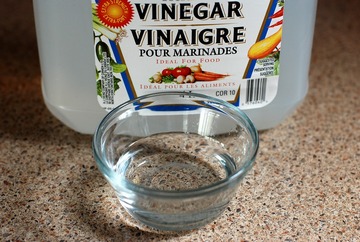
The several acids the vinegar contains , can affect the several types of varnish chemicals , make small or bigger dissolves to the varnish and for sure the final result will have issues .
The several types of varnishes are super basic and very effective wood finishing approach , for any kind of wood project .
The varnishes are coming from very back in time( oil ones ) , while the humans experiment with several kind of finishing elements .
Make wise choices for the exact wood finish you want ot have and the varnish wil be a serious helper .
Keep woodworking and the happiness will be your best varnish for ever .
